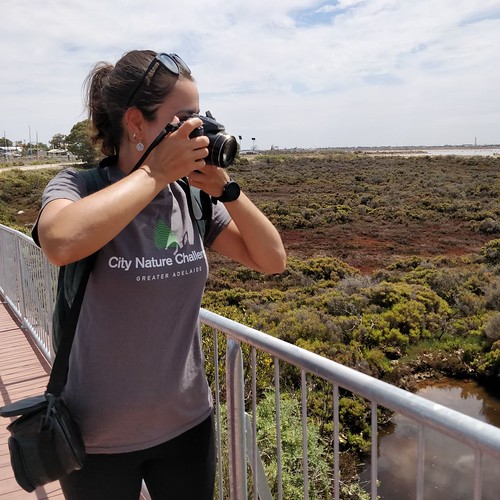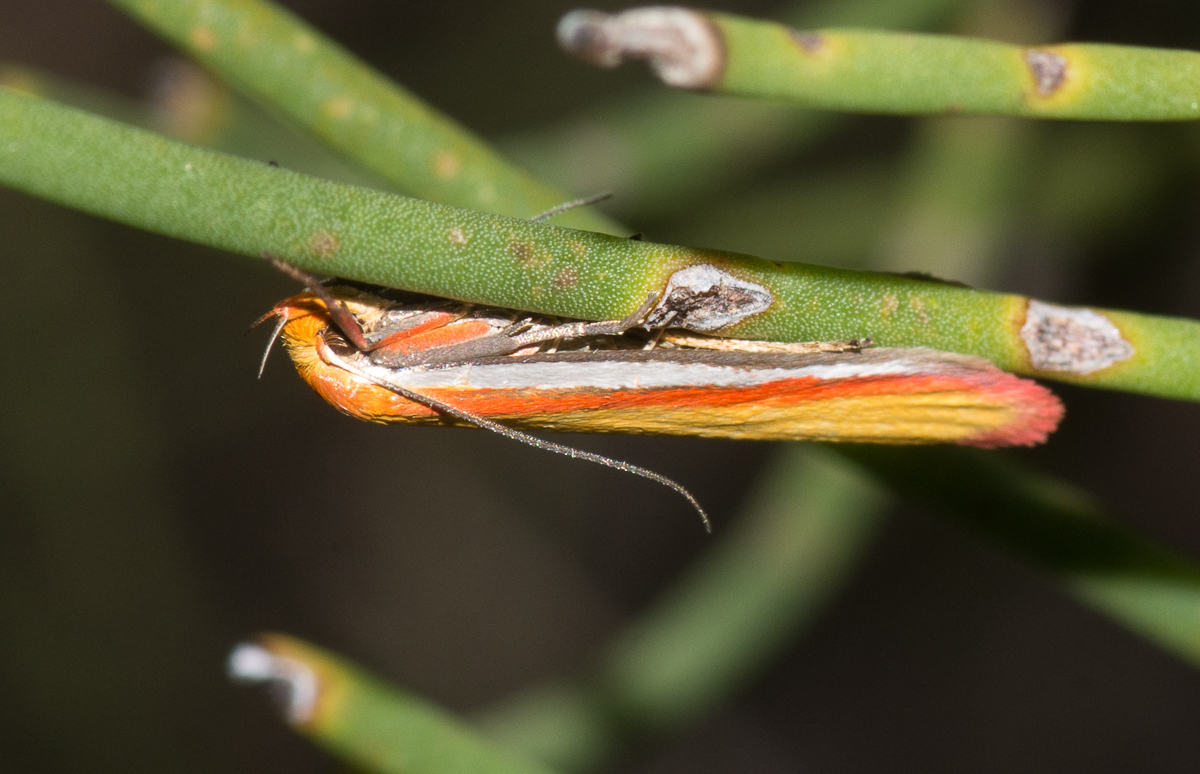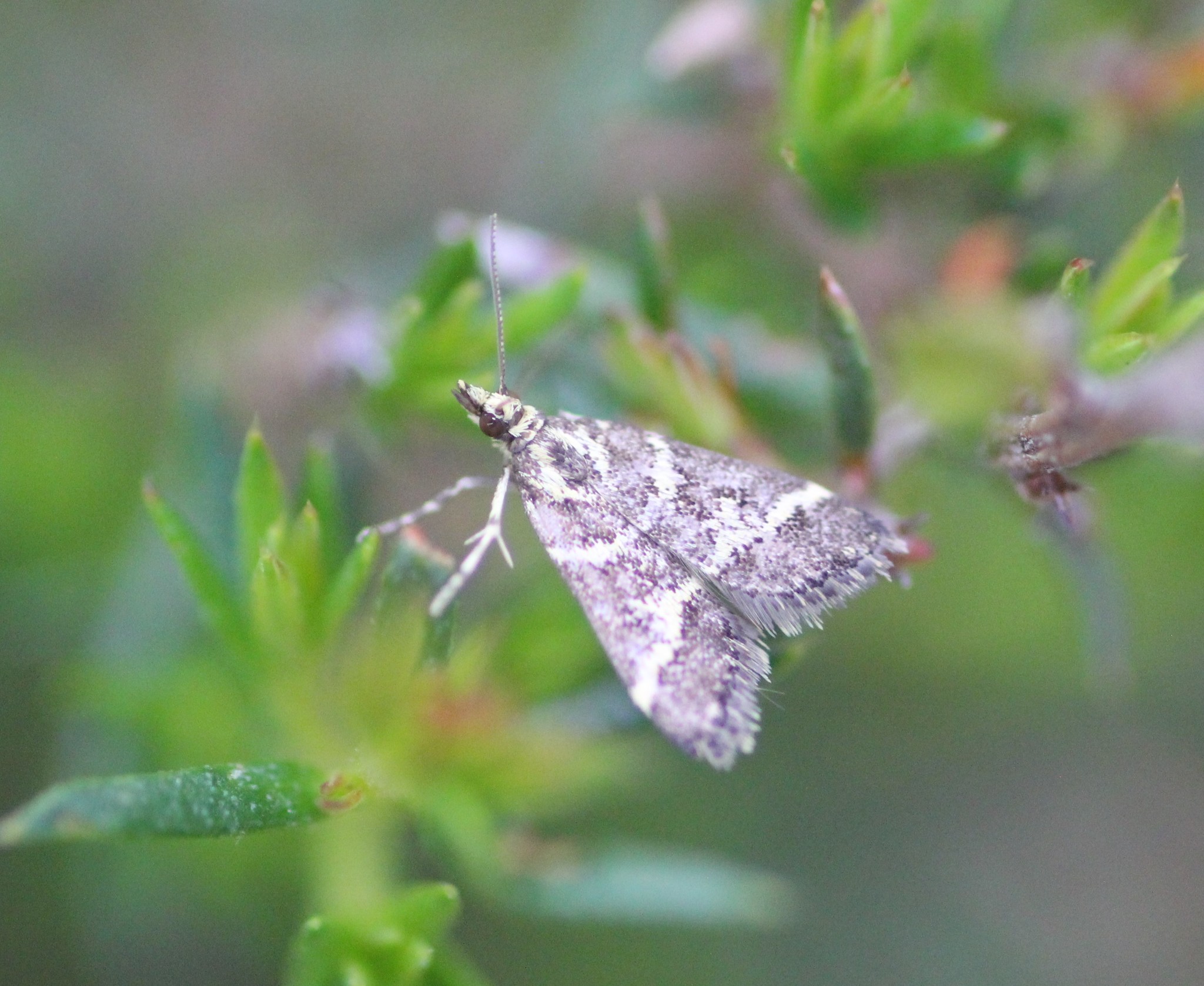Well I have been quite busy over the past few months with other things so time to catch up on how have we been tracking in our Monthly Challenge over this time with another splendid effort, in the last month we all contributed a massive effort. The numbers will only go up as people may upload observations in the next few weeks. As of writing, we have contributed
April
Observations 10, 377 (10, 144 in Australia alone)
Species 3, 079
Identifiers 706
Observers 72 (28 with more than 50 observations at the time of writing)
observations been made?
May
Observations 6, 457 (6, 196 in Australia alone)
Species 2, 198
Identifiers 583
Observers 60 (21 with more than 50 observations at the time of writing)
observations been made?
June
Observations 5, 368 (5,023 in Australia alone)
Species 1, 999
Identifiers 493
Observers 61 (21 with more than 50 observations at the time of writing)
observations been made?
Join the 'Activating for Citizen Science' project
Together our 62 Australian observers accounted for substantial contributions to the overall records made all contributing;
April 8.9 % of the 114,327 observations recorded in Australia
May 6.2 % of the 100,315 observations recorded in Australia
June 6.3 % of the 79,476 observations recorded in Australia
months around 6.7 % of all observations within Australia over the month of February (at the time of writing) while constituting only just over 1% of all Australian iNaturalists observers active during each month.
Over the three months, the number of observations exceeded 100,000 Australian iNaturalist observations, twice in both April and May but fell away in June to just below 80,000 possibly due to the cooler weather experienced across southern Australia. It is fantastic to see so many observations being made.
As we come into Orchid season in southern Australia and I encourage you all to level up with Wild Orchid Watch, the Australian citizen science project that has its own app that collects extra data, that feeds into inaturalist.
You can install the Wild Orchid Watch (WOW) app on your mobile device, simply by typing in your internet browser: app.wildorchidwatch.org (or select the button below) and follow the prompts. The WOW app is a progressive web app, so it sits on the web, not in the app store, but looks just like a regular app once installed.
The most observed species in April 2022
The most observed species in April was the Stink Bug, Bromocoris souefi with 67 observations all from Queensland.

Bromocoris souefi, observed by @natashataylor at Graceville Parks, QLD.
The most observed species in May 2022
The most observed species in May was the White Garland House Hopper Maratus scutulatus with 46 observations all from Queensland,

White Garland House Hopper Maratus scutulatus, observed by @natashataylor at Graceville Parks, QLD.
The most observed species in June 2022













































